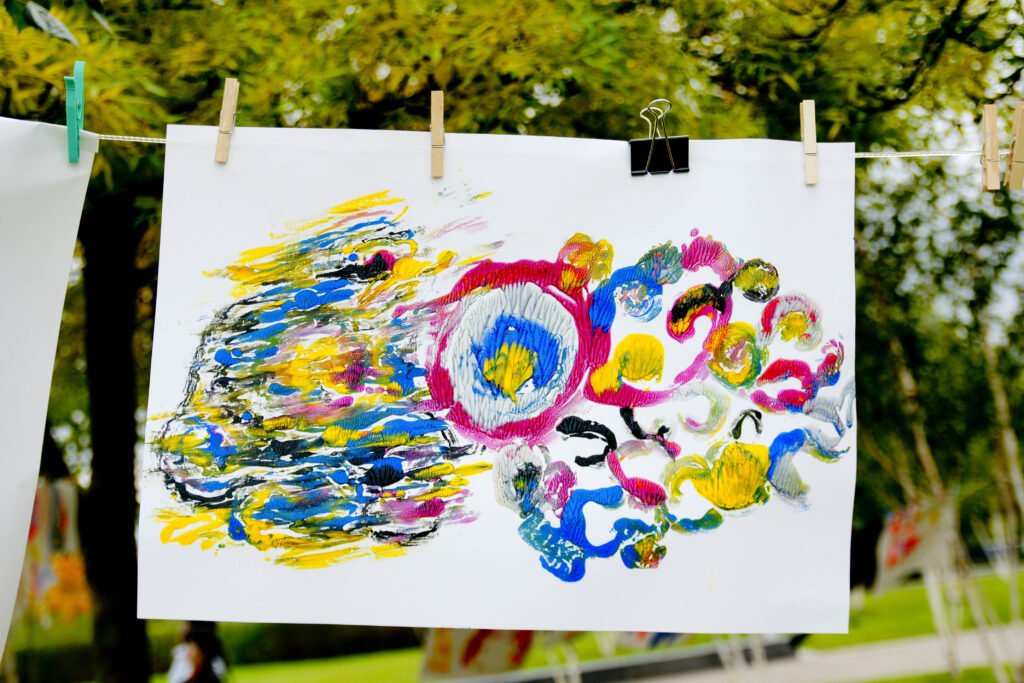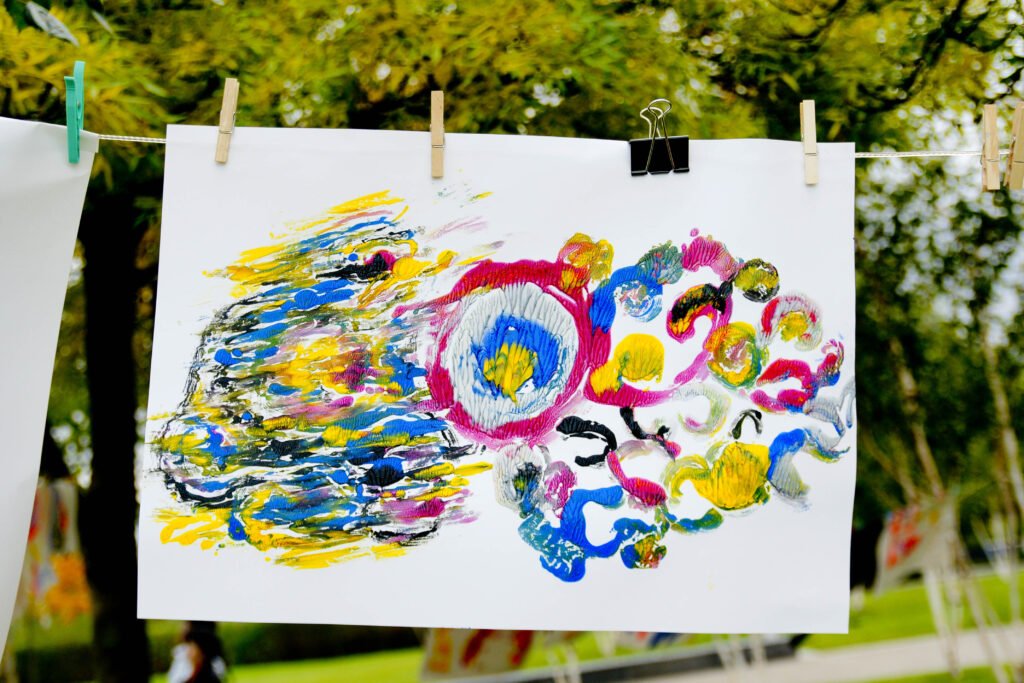Choosing abstract art paintings for a space goes far beyond a simple aesthetic decision. It’s about understanding the relationship between colors, shapes, and emotions, creating connections that enrich both the environment and the state of mind of those who live in it. When observing an abstract work, we are invited to interpret the invisible and transform sensations into visual narratives.
When buying abstract art, it is essential to understand that each piece carries its own identity. This identity should interact not only with the architectural style of the space but also with the personality of the observer. The selection process involves getting to know the work, understanding its history, and recognizing its potential to integrate with the environment.
Abstract Art Paintings: The Importance of Emotional Connection
According to The Power of Art by Simon Schama (2006), artworks that evoke deep feelings tend to remain in memory longer and generate greater emotional engagement. When buying abstract art paintings, the determining factor is not only color harmony but also the artwork’s ability to provoke a subjective response.
In renowned galleries such as the MoMA (Museum of Modern Art) in New York, it is common to see visitors standing for long minutes in front of an abstract painting, immersed in thoughts and sensations that escape rational logic. This experience reinforces that the value of art lies in what is not said but felt.
When choosing a work, it’s worth asking: Does this painting evoke something unique in me? Does it connect with my experiences or open new perspectives? Often, this answer becomes the decisive factor in the purchase.
Harmony Between Art and Space
The selection of abstract art paintings should consider the physical space. According to the book Interaction of Color by Josef Albers (1963), the perception of colors changes depending on the context in which they are seen. This means that lighting, furniture, and the room’s color palette directly influence how the work will be perceived.

For living rooms, for example, vibrant works can create focal points and encourage interaction. In rest areas such as bedrooms, softer compositions tend to bring serenity.
Another important factor is the size of the work. A very small painting can lose impact on a large wall, while an oversized one can cause visual discomfort. Therefore, measuring the space and imagining the work in its place is essential for a balanced choice.
Where to Find and How to Invest
The buying abstract art market is vast, ranging from emerging artists to established names. Visiting art fairs such as Art Basel or exploring recognized virtual galleries like Saatchi Art not only helps you find unique pieces but also allows you to understand current trends and emerging styles.
Investing in art can also be a strategic move. Works by growing artists can significantly appreciate in value over time. In this sense, it is important to research the creator, understand their trajectory, and identify whether there is consistency and evolution in their work.
When buying abstract art paintings, remember that the final decision should balance aesthetics, meaning, and potential appreciation.



